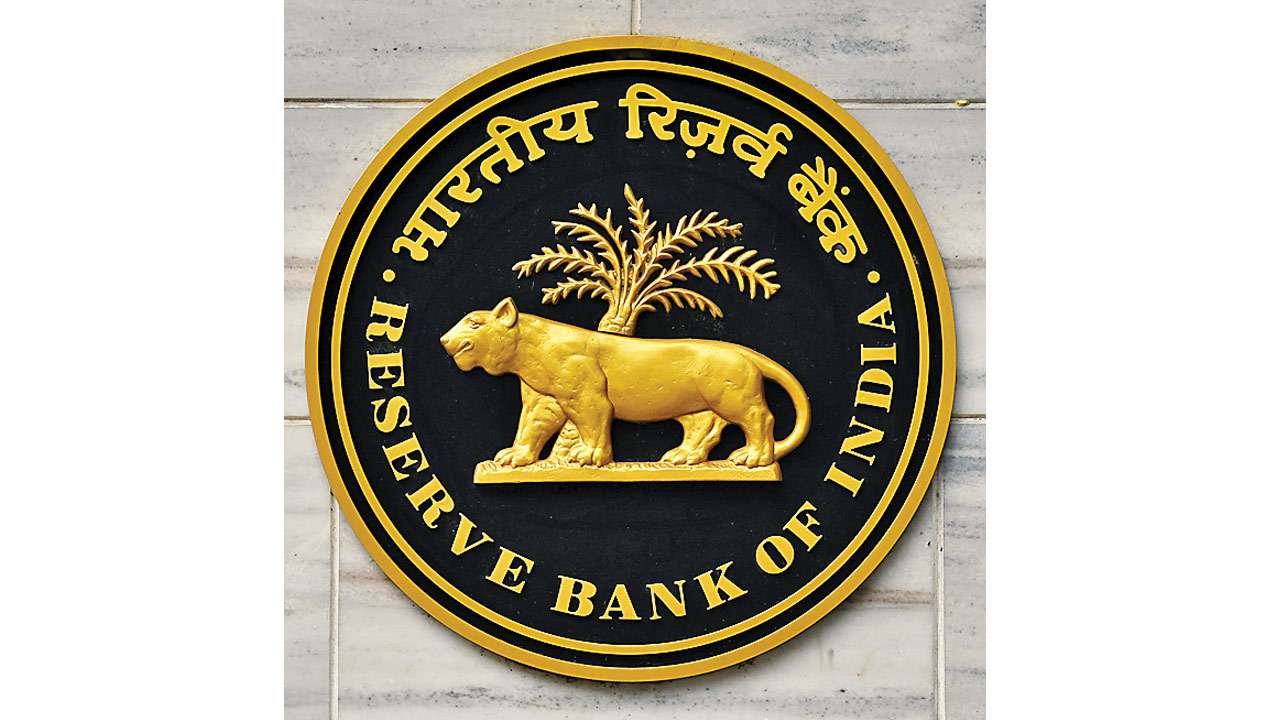
The current tussle between the Central Government and the Reserve Bank of India (RBI) has brought into focus the issue of autonomy of the central bank in operationalising its monetary policy. While the RBI wants to bring in more discipline into banks’ lending operations, the Centre wants a greater share of the RBI’s surplus and has also criticised the central bank for being too conservative on lending restrictions, thereby tightening liquidity especially for Non-Banking Finance Companies (NBFCs).
Central banks were initially opened as bankers to the government. They held the government’s tax revenues, non-tax revenues and loans. Over time, these banks were nationalised and brought fully under government control. In later years, it became evident that the central bank, being a banker to the government, had an information advantage over other banks. It could use that information advantage to regulate the activities of other banks to reduce possibilities of moral hazard and adverse selection – the two most important market failures in the financial sector. Even later, it evolved into a banker to the banks and a lender of last resort. By standing as a guarantee to other banks, the central bank brought trust into the banking system and reduced bank runs.
The RBI came into existence in 1935 based on the recommendations of the Hilton-Young Commission. It is governed by the Reserve Bank of India Act, 1934. Although it was initially owned by private shareholders, it was nationalised in 1949 after India’s independence. Prior to the 1991 reforms, the RBI enjoyed very little autonomy vis-a-vis the government. It was primarily responsible for monetising the government budget deficit. At the same time, it was accused of keeping interest rates deliberately low to reduce the government’s interest payments. This period was therefore called the period of fiscal dominance.
Post the reforms of 1991, the RBI gained considerable autonomy. Automatic monetization of the fiscal deficit was phased out between 1993 and 1997. The FRBM Act further gave statutory backing to this restricted application of monetization of debt. There was also a move towards market determined tools like interest rates and open market operations (OMOs) for administering monetary policy, instead of statutory controls like the Cash Reserve Ratio (CRR).
The recent move towards inflation targeting is another attempt at granting more autonomy and accountability to the RBI. The RBI can now use any tool at its disposal to achieve an inflation rate of 2-6%. However, it will be answerable for its failure to do so.
Yet, considerable issues remain to be resolved. First, the RBI manages the government’s debt and also sets the benchmark interest rates. This leads to a conflict of interest. Second, the RBI’s ability to regulate Public Sector Banks (PSBs) is limited by the fact that both the RBI and the PSBs are government owned and again, there is a conflict of interest. Finally, excessive focus on inflation targeting can make the RBI’s approach to monetary policy too conservative, hurting investment prospects.
Thus, there is an urgent need to resolve these issues. A committee of experts from the banking sector, RBI and the government can be constituted.
Author is a research scholar at DSE